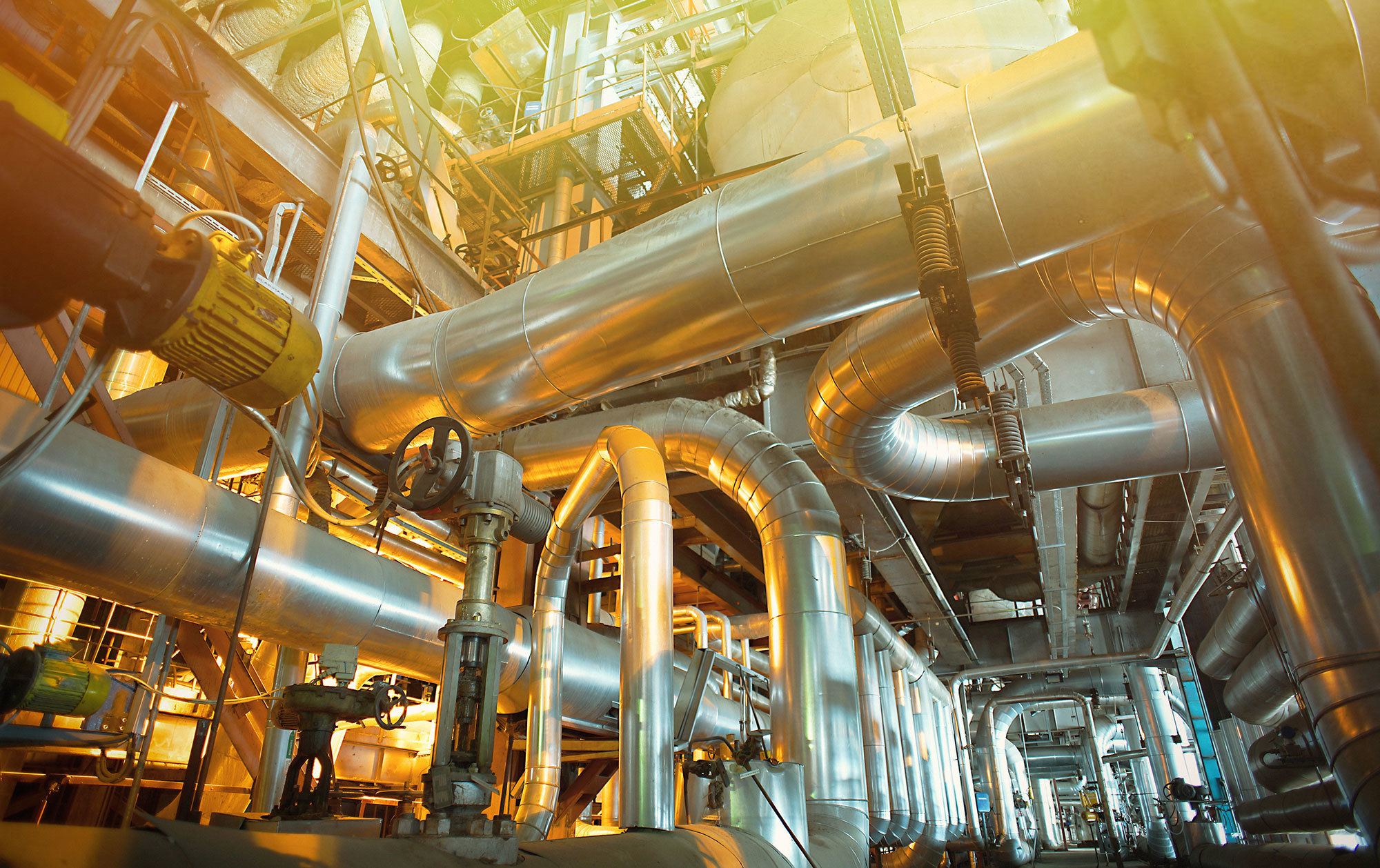
Stay on top of 2022’s manufacturing industry trends
Manufacturers are always pushing to conquer difficulties, enhance workflows, and discover synergies. As with each fresh year, manufacturing sector trends will be heavily influenced by technological advancements, market demands, and organizational goals. Looking forwards at the course of 2022, the COVID-19 effects on manufacturing remain, however there are new challenges and potential ahead. Manufacturing trends are a reaction to past years’ peculiar problems, ranging from business agility to talent shortages and the practicalities of adjusting to what seems to be a “new normal.” The continuous advancement of technology, interconnectivity, and automation is positioned to tackle problems while also bringing exciting opportunities.
Technologies Disrupting The Manufacturing Industry
The section will look at five upcoming manufacturing technologies that can help manufacturers create smarter processes and boost efficiency.
Internet of Things
Only 10% of industrial organizations utilize IoT today, but that figure is predicted to climb to 50% by 2025. The factory floor benefits from IoT’s automation, analytics, and real-time decision-making capacities. Sensors for anything from identification tags to production equipment are among the IoT technologies that aid in manufacturing.
Big Data / Data Mining
All data is recorded with IoT so that it may be collected and utilized to predict potential and plan. Accessibility to data from a variety of channels allows for a better knowledge of what is going on in the company and the emergence of new developments and tendencies that can be used to forecasting client demand. Big data is used in manufacturing ERP to track and analyze production operations, safety, quality, and other factors. ERP also makes use of all of that data to improve scheduling, optimize the supply chain with insight with any inefficiencies, and identify potential for the demands of consumers.
3D Printing
The worldwide 3D printing market is likely to grow in the following five years. It was instrumental in the development of pandemic ventilators. With the interruption in the supply chain and the difficulties in sourcing items from outside, it is assisting in the development of prototype parts for local manufacturing. 3D printers are being used by engineering companies to generate end-use materials, notably in the biotechnology, transportation, and automobile manufacturing sectors.

Artificial Intelligence and Machine Learning
A large volume of data (which is expanding rapidly day by day) travels across manufacturing ecosystems. Machine learning (ML) and artificial intelligence (AI) enable manufacturers to gather, analyse, and quantify data on a grand scale. These data-driven findings then enable manufacturers to make educated, strategic decisions to improve their processes. Other applications for ML/AI include:
– Visually examining product pieces at various production stages at high rates to prevent overlooking anything
– Imposing quality control at every stage of the manufacturing process
– Systems and machines are automatically monitored.
– Application of customer data to create customized and personalized products
Smart Devices / Wearables
With the growth of Industry 4.0, smart devices have become progressively commonly employed in the manufacturing industry. They enable shop floor staff to stay hands-free while also having access to technology to handle duties. Wearables assist warehouse staff in locating products and manufacturing floor personnel in gaining real-time operating visibility.
Wearables in the manufacturing industry increase worker safety by informing them of possible dangers. They boost productivity by allowing employees to concentrate on what they’re doing, get extra information, or offer remote instructions or orders.
Watch out for these 5 trends in 2022
The manufacturing industry is quickly rebuilding and to stay on track, manufacturers need be aware of the five manufacturing industry trends that can support businesses in turning uncertainties into opportunities and driving growth.

Shorter and easier supply chains
Businesses will shift production closer to home after severe supply chain disruptions in 2020 and 2021 to assure a consistent supply of vital goods and components. Businesses will prefer to simplify supply chains to decrease shipping expenses and secure themselves against future disruptions since many supply chains, like automotive semiconductor chips, still suffer with backlogs from the previous year.
Minimizing new product development cycles
To expand the business and maintain a competitive edge, manufacturers are expected to search for solutions to reduce product development cycles. Businesses committed to increasing top-line earnings will accomplish their objectives by releasing new goods and short product development cycles, resulting in more growth and market share. To maintain speed with the rapid product introductions, designers and engineers will look to integrate innovative technologies, tools, and processes.
Growth of sustainable solutions
Businesses will aim to quantify and minimize the carbon emissions caused by their production systems and supply networks as consumer demand for sustainable products goods grows. Customer demand, corporate responsibility, and government laws all influence to attempts to cut carbon emissions. Businesses will utilize more readily available manufacturing and supply chain data in 2022 to analyze their products’ carbon footprints objectively and examine strategies to generate and deliver goods in a more environmentally friendly manner.
Advancement of additive manufacturing applications
In the pandemic, many organizations looked to 3D printing as a supply chain alternative, but additive manufacturing has shown its worth for manufacturing industrial-grade, end-use products. Improved knowledge and knowledge of how to use additive manufacturing for production applications, combined with an ever-expanding range of providers, will promote further scale-up of additive manufacturing.
Skill deficit will remain
Recruitment difficulties have affected virtually every industry in the last year, and manufacturers will struggle to cope to hire and keep engineers, designers, technicians, and others. Organizations will need to create new talents and invest in human capital while the talent deficit persists. These companies will also search for strategies to incorporate new technology that boost efficiency and automate procedures. Many organizations will seek collaboration to assist them handle the difficulties ahead.
Even through the skills scarcity and supply chain bottlenecks that appeared to be impending at the start of 2022, the manufacturing industry and governments all across the globe are addressing these issues straight on. If there’s one thing we’ve learned over the last ten years, it’s that the manufacturing business is always changing and developing.
The moment has come for smarter technology, more robust connectivity, and broader prospects. Seeing as unprecedented levels of innovation and adaptability are the norm in Industry 4.0. Absorb information, develop insight, and strive for progress with Techminds. Our managed IT services can help you find the perfect software/technology fit for your individual needs. Let’s discuss the path you can take to a successful future at www.techmindsllc.com!






